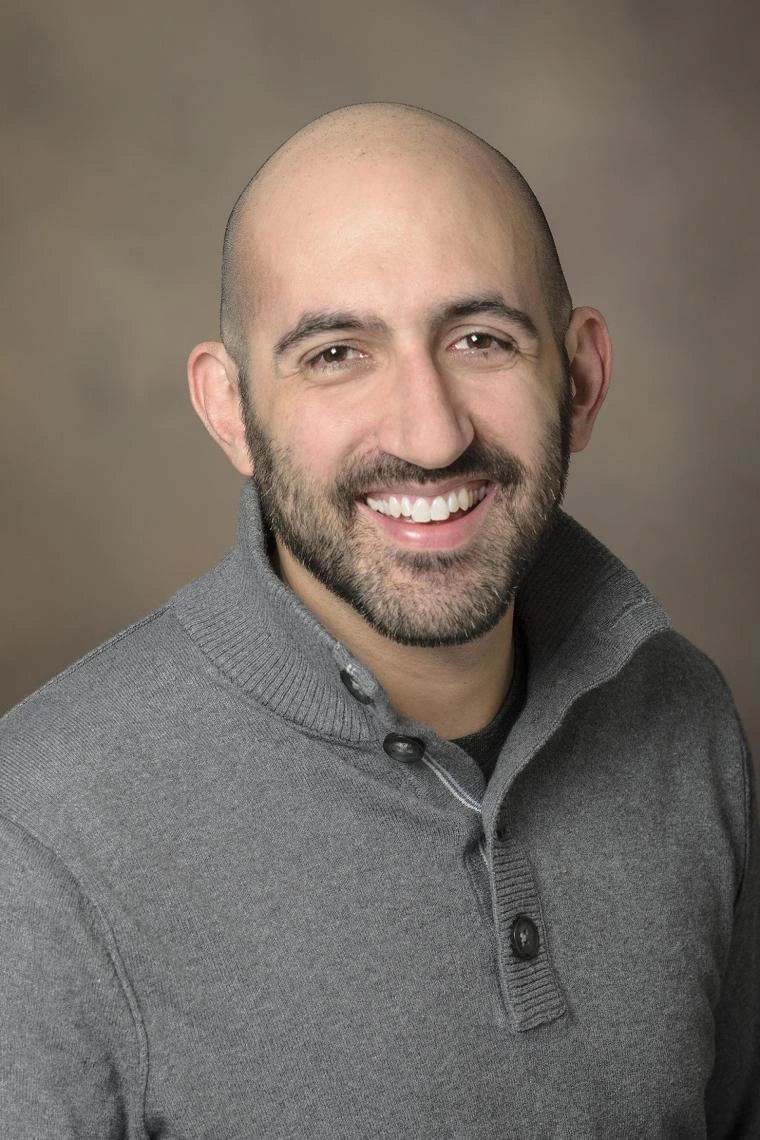The research objectives of the laboratory can be broadly summarized as follows:
- Understanding the cellular mechanisms involved in the assembly, regulation and maintenance of sarcomeric proteins in cardiac muscle in health and disease.
- Deciphering the mechanisms critical for precisely specifying and maintaining the lengths of actin-thin filaments. Actin is an indispensable structural element of cells and is a major component of striated muscle. Dysregulation of thin filament lengths associated with nemaline myopathy in skeletal muscle and dilated cardiomyopathy in cardiac muscle. We are determining how genetic defects in proteins that regulate thin filament assembly lead to these myopathies.
Lab Members
Christopher Pappas, PhD
Assistant Research Professor, Cellular and Molecular Medicine
For further information, contact Christopher Pappas, PhD at 520-626-5209 or
EMAIL US





